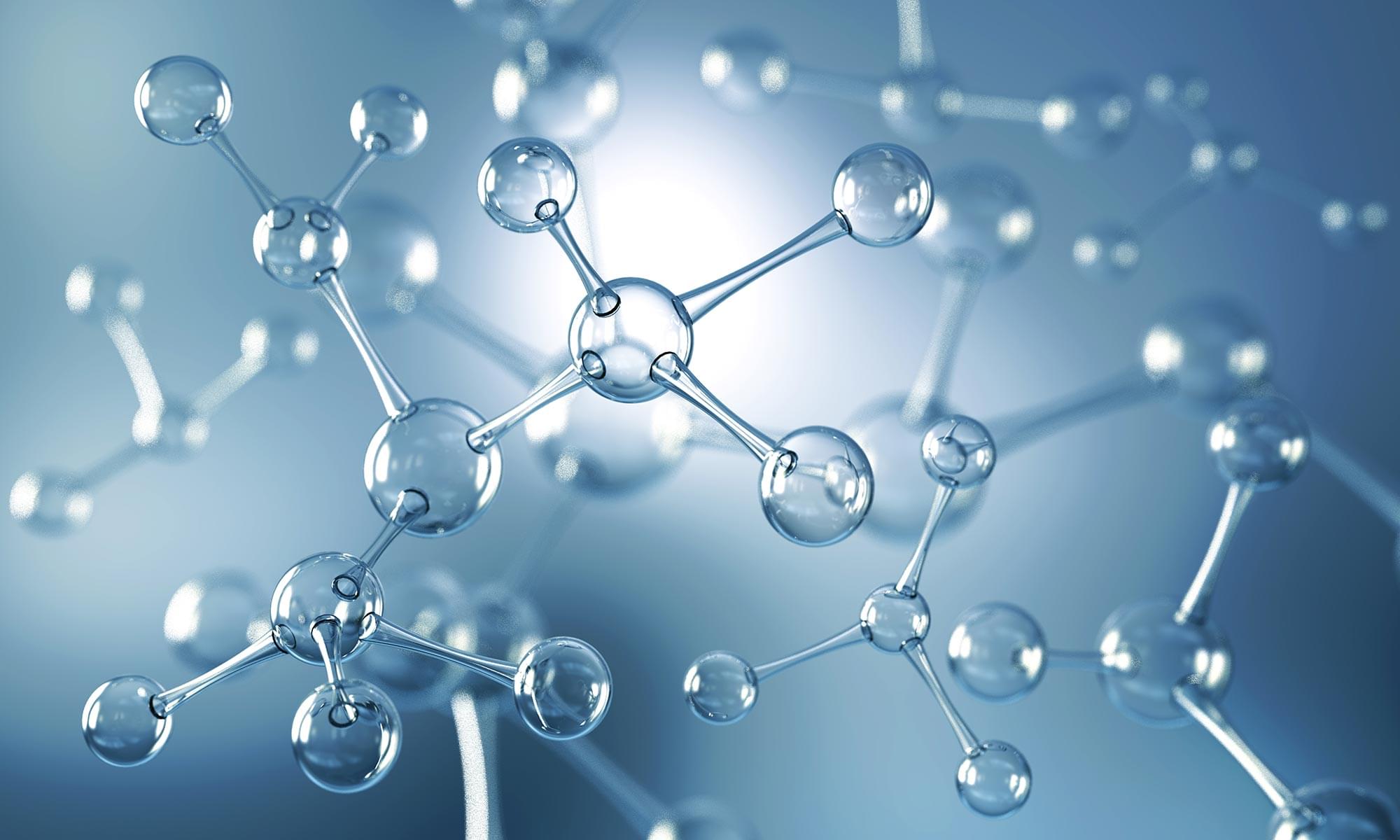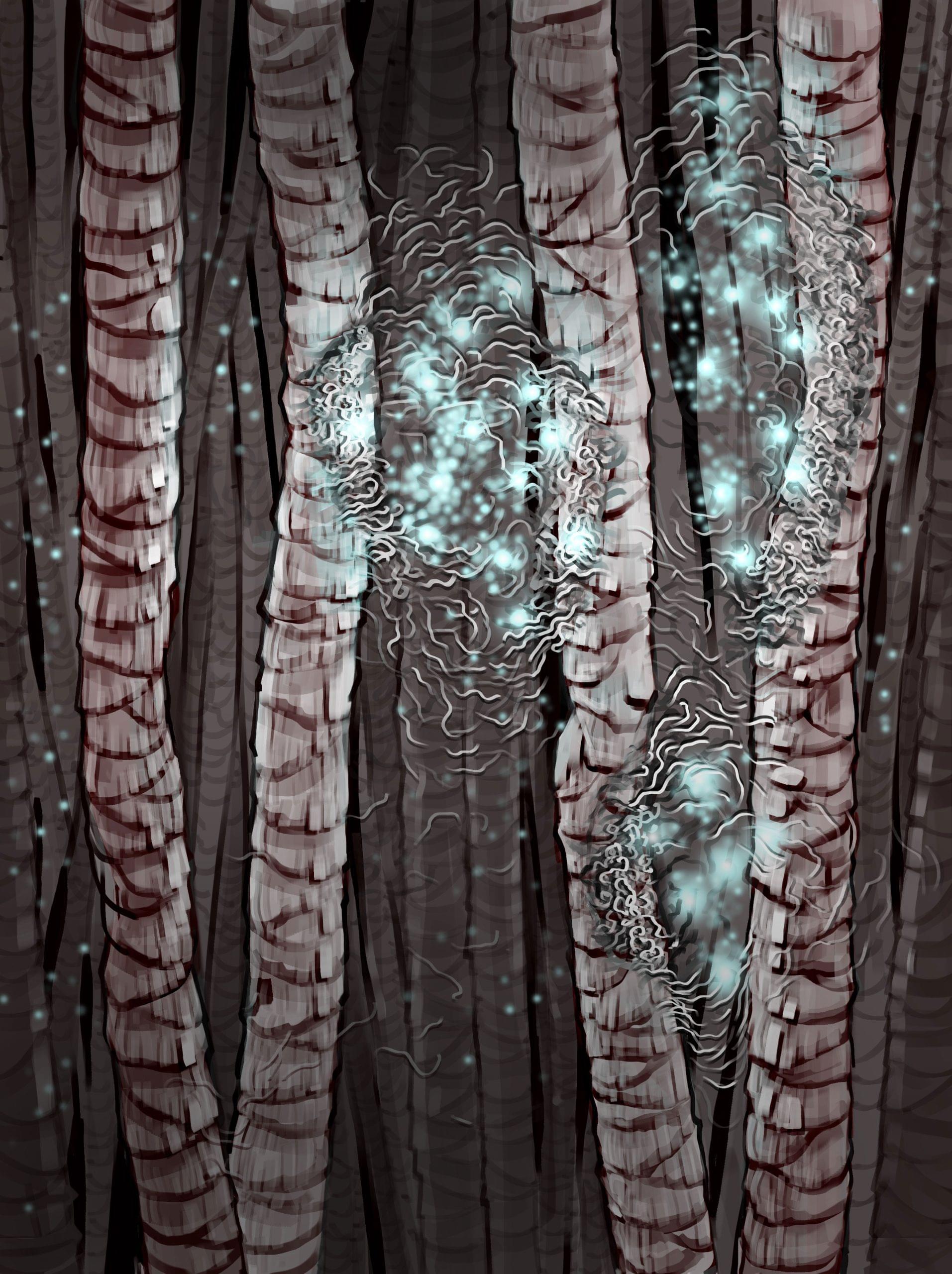For those partnered up in a long-term relationship, studies have shown that different health characteristics can sometimes be shared across the couple – and that extends to psychiatric disorders, according to new research.
Based on an analysis of more than 6 million couples across Taiwan, Denmark, and Sweden, an international team of researchers found that people were significantly more likely to have the same psychiatric conditions as their partners than would be expected by chance.
Those conditions included schizophrenia, attention deficit hyperactivity disorder (ADHD), depression, autism, anxiety, bipolar disorder, obsessive-compulsive disorder (OCD), substance abuse, and anorexia nervosa.









